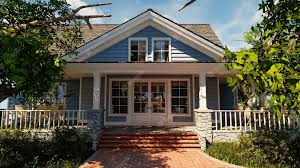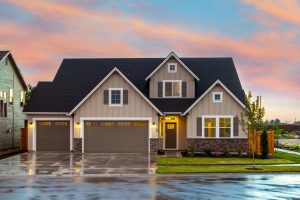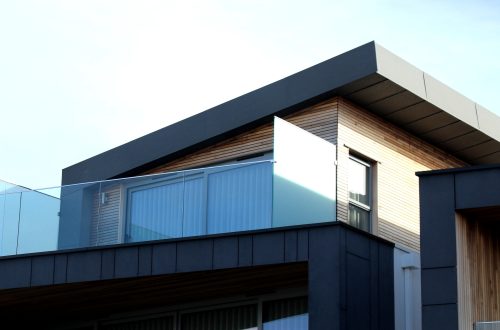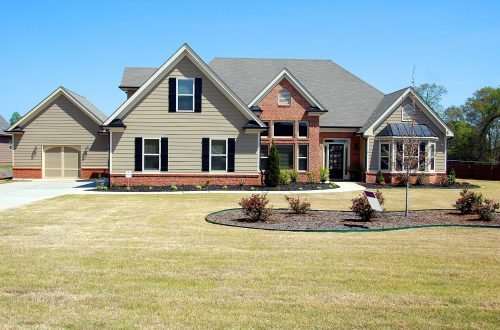
What the Right Homeowners Insurance Policy Should Cover
As wildfire season grows longer and more intense across much of the western U.S., homeowners face increasing risks. It’s no longer just affected rural properties—suburban and even urban homes near wildland areas are vulnerable. Preparing your home is one thing, but ensuring your homeowners insurance policy protects you is just as crucial. Here’s how the right policy can offer peace of mind—and where gaps often catch homeowners off guard.

What the Right Policy Should Cover
At its core, a standard homeowners insurance policy (HO-3 or equivalent) usually includes fire and smoke damage coverage. This typically extends to:
- The dwelling itself (your home’s structure)
- Detached structures (like garages, sheds, or fences)
- Personal property (furniture, electronics, clothing, etc.)
- Loss of use (temporary housing and expenses if you must evacuate or your home becomes uninhabitable)
- Liability protection (in case someone is injured on your property during or after an event)
However, there’s a big difference between basic coverage and being fully protected. Policies often have limits that may not reflect rising construction costs or the full replacement value of your belongings.
What’s Usually Not Covered
Even with a standard policy, many homeowners are surprised to learn what isn’t covered, or isn’t covered fully:
- Landscaping and trees: Your yard is often minimally covered. Insurance might reimburse a small amount per tree or bush, but not the full cost of replacing a mature landscape.
- Smoke damage without visible fire: Some policies are vague about whether smoke damage alone is covered, especially if there’s no fire on your property. Check for exclusions.
- Secondary smoke damage: Smoke that enters the home from nearby fires but doesn’t damage the structure or contents may not be covered, especially if it’s considered “airborne pollutant damage.”
- Debris removal: Some policies cap the cost of cleanup, especially if the debris is not from a structure you own.
- Upgrades required by new building codes: If your home must be rebuilt or significantly repaired, and local codes have changed since the original construction, your insurer may not cover the cost difference unless you have “ordinance or law” coverage.

Pro Tips for Better Protection
- Review your dwelling coverage limit and ensure it reflects the current cost to rebuild your home, not just its market value.
- Take a home inventory of your belongings, ideally with photos or video, and store it securely (cloud or offsite).
- Consider extended replacement cost coverage, which pays an extra percentage above your dwelling limit in case of high rebuilding costs after a wildfire.
- Talk to your agent about wildfire-specific endorsements or excess coverage available in your region.
- Understand your responsibilities: If your insurer requires defensible space or brush clearance as a condition of coverage, failure to maintain it might void your claim.
Wildfires are unpredictable, but your financial protection doesn’t have to be. Taking time now to understand your homeowners policy—and to adjust it where necessary—can make all the difference when disaster strikes.
Get a homeowners insurance quote by calling us at (541) 318-8835 or click here to start your quote online.




